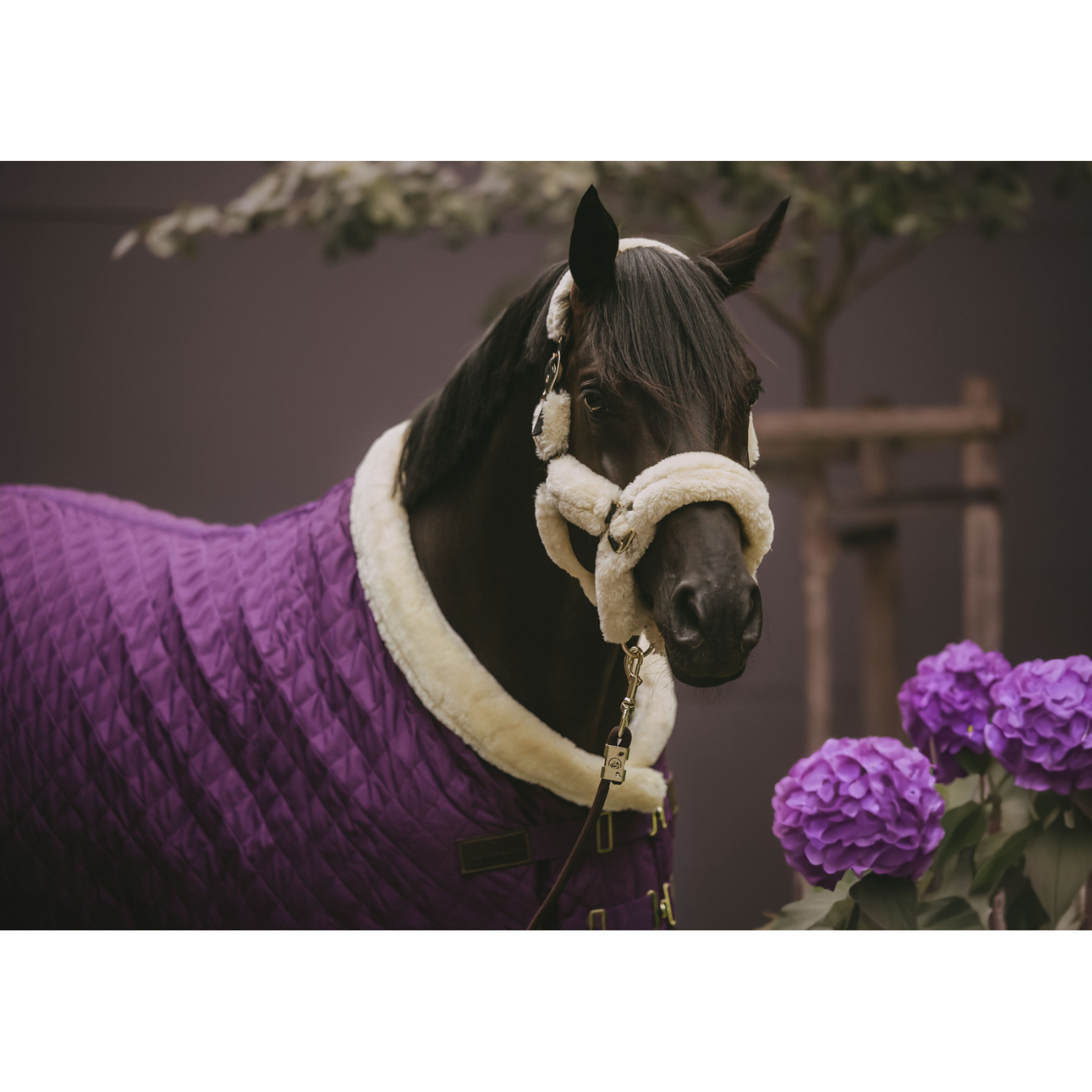Tom is the current Australian Senior Show Jumping Champion and Head Rider at Fernhill Equestrian. Our thanks to Tom for sharing some of his knowledge and experience with "preparing for shows and the warm up ring".

Training horses is about being consistent
Your horse will know what is expected of him if you are consistent between home and a show. Your warm up at shows starts with developing a routine at home and knowing your horse. You should ride your horse at the show the way he knows you will ride him. Don’t go to the show and try to be somebody else, do what you normally do, do it well and you will be fine.
Preparation for competition
I generally jump my horses 2 days before the show starts, the day before the show I "flat them" (flat work). In an ideal world if we are jumping on grass at a show I would like to jump on grass at home and if we are jumping on a sand surface I would like to jump on sand before the show. However, this can be difficult as Australia’s climate does not allow us to have good quality grass arenas at home. To begin, try different flat exercises that help to encourage balance as this will help with adjusting stride and also to improve straightness.
When jumping, I like to start with grid work to help get the horse using better form or technique and to make him quick on his feet. Grid work should be followed through with work on related lines and then course work, imitating situations and distances which you both may come across during competition. Through trial and error at home you realise what works, and what doesn’t, for both you and your horse in preparation for competition.
Know your horse
You need to experiment with the length of warm up at a show. Does your horse need 10-15 minutes of flat work before starting your jumping, or does he need 20-30 minutes? Does he need to be ridden early the morning of his class? Does he tire quickly? Does the heat affect him? These different things make a difference to what I do in the warm up so it is important that you get to know your horse.
For example, we have come to learn that Elegance de la Charmille does not like the heat at shows, we don’t work her in the morning and we keep her flat work short before she starts jumping in the warm up. When it is hot, we will take her saddle off and hose her down and then re-saddle for the 2nd round to ensure she remains comfortable in between competition rounds. At home we concentrate on her fitness, using the treadmill a lot to improve her conditioning. At shows we like to keep her fresh for her classes.
Show jumping plan
Setting a showjumping warm up plan depends on the show and competitions, horse’s experience and where he is in his showjumping career. Early in the season it is about achieving ride-ability and relaxation of the horse, sometimes you have to forget about a rail or two if it means making sure your horse is jumping with good technique and confidence.
We normally split our year in two and have goals. The first part of the year is about preparing to jump well at Sydney Royal where there is terrific prize money. The 2nd part of the year is about performing well at the Australian Showjumping Championships and then the Summer Classic at SIEC.
Warming up at a show
I like to get to the warm up ring early and be well prepared as we normally have several horses in the class. I like my groom to ride my horses and have them partly warmed up by trotting and cantering them so that I can change horses quickly.
In the warm up I like to start with a cross rail then change to a small vertical gradually increasing it in size. I then go to the oxer and depending on the horse I am riding depends on how the oxer is built. You should know from consistent training and competition rounds what your horses’ weaknesses are. I think the important thing with the oxer is the canter.
The difference in the canter between the vertical and the oxer, is that the oxer canter normally has more pace, it is a little more forward. Certain horses I use a small wide oxer, or a narrow rising oxer before getting a higher oxer. I have quite a few different horses and they all need warming up differently.
Experience & confidence
It is always great to have an experienced person helping you in the warm up and another set of eyes on the ground. I always finish with a tall vertical and when my horse feels confident I go to the ring. If I am helping an amateur or client warm up it is all about keeping them and the horse confident so I don’t ask them to jump anything big.

_________________________________________________________________
Tom McDermott won the Australian Junior Showjumping Championship at Sale, Victoria in 2006 (when he was 12 years old), and since then has achieved many incredible accolades in the show jumping arena that most rider's can only dream of.
Trailrace are extremely proud to be involved and support Tom's riding career and we look forward to what the future brings with his show jumping endeavours.


